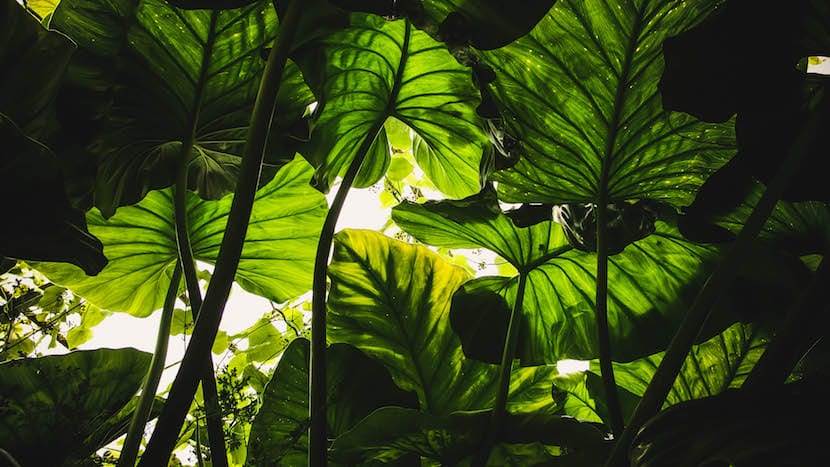
All plants, as well as algae and some microorganisms, that inhabit this planet have evolved in such a way that they are capable of doing something that no animal can do: transforming the Sun's energy into food, which will be used to grow, develop, multiply, resist diseases and other problems that may arise, such as droughts or floods.
This is a process that we know as photosynthesis, of which we are going to explain everything you have to know because it is essential, not only for the plants themselves, but also for the rest of living beings that need oxygen to breathe.
What is photosynthesis?
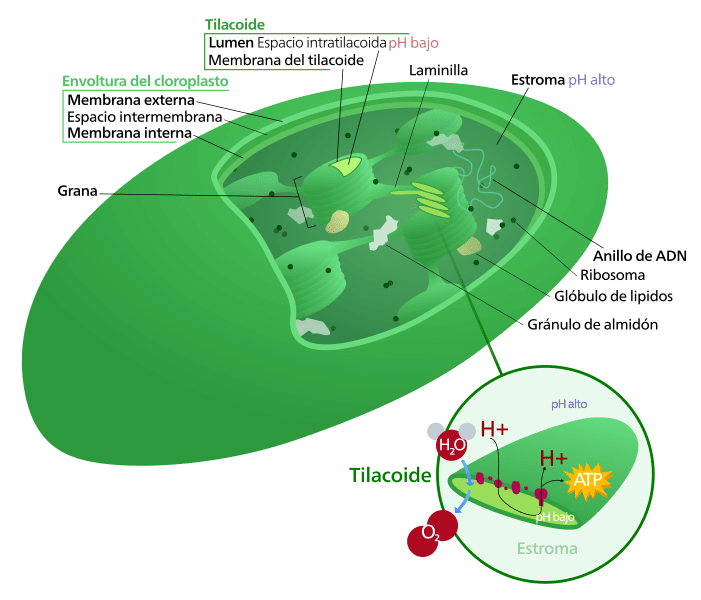
The short answer is the following: the process by which plants transform the Sun's energy into food (mainly sugars and mineral salts); but we are not going to just stay with this. As it is an extremely necessary process for living beings, we are going to dig deeper.
And we are going to start by explaining what elements are involved in the process; In this way, the explanation, although more extensive, will be easy to understand:
- Sunlight: it is essential for it to be carried out. The rays of the king star impact on the leaves, from where the chlorophyll will absorb them.
- Chlorophyll: it is the pigment responsible for the characteristic green color of the leaves and tender stems of plants. It is found in the chloroplast, which is an organelle found in plant cells.
- Carbon dioxide: it is absorbed through the pores, called stomata, of the leaves. It is in the air.
- Water: which will be transported from the roots to the leaves.
- Oxygen: is the by-product of the process. The leaves expel it through the stomata.
Phases of photosynthesis
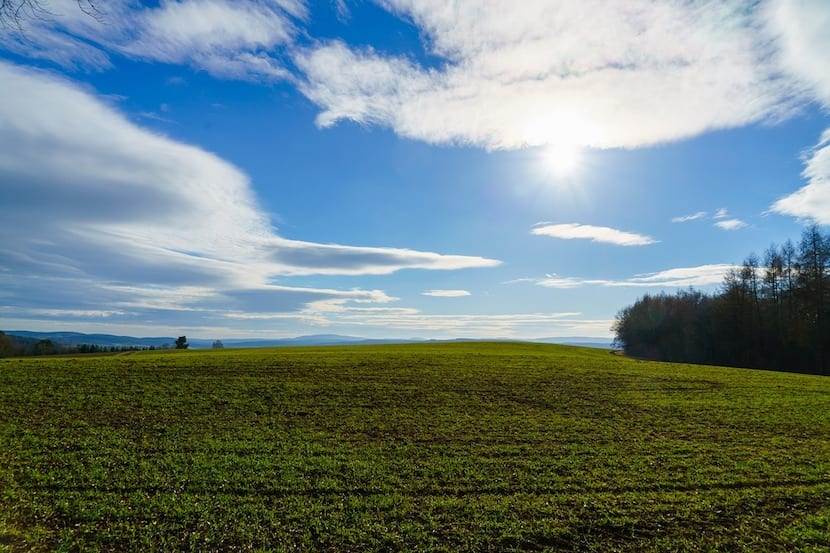
The phases of the process are as follows:
Light phase
The leaves, as we have commented, contain chlorophyll, which is one of its main pigments, and is responsible for the green color, but also for absorbing wavelengths of light that correspond to the colors violet, blue and red. In doing so, the water molecule (H2O) breaks down, so that hydrogen (H) and oxygen (O) are separated. The latter is released into the atmosphere, and the unused energy is stored in ATP molecules.
Dark phase
This phase occurs in the stroma of the chloroplast, which is a watery region that is enclosed by an internal membrane. It is called this way since sunlight is not necessary. It is produced when hydrogen that has been separated adds to carbon dioxide (CO2), which leads to the production of, above all, carbohydrates (glucose). During this process, the leaves expend energy that is stored in ATP molecules.
Photosynthesis scheme
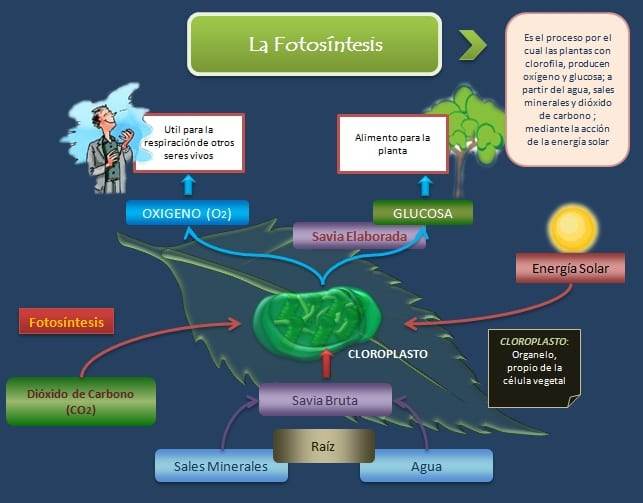
Image: http://elesquema.blogspot.com.es/2010/10/la-fotosintesis.html
To better understand what it consists of, I attach this diagram:
Chemical reaction of photosynthesis
Is the next:
6 CO2 (carbon dioxide) + 6 H20 (water) + C6H12O6 (glucose) + energy from the Sun + 6O2 (oxygen)
Importance of photosynthesis
Who else who less depends on the photosynthesis carried out by plant beings on a daily basis. Thanks simply to the fact that many animals expel oxygen, including humans, May exist. But we not only have to think about the importance it has for us, but also for plant beings themselves and, ultimately, for the food chain.
Plants are the basis of this chain, but if they were not capable of photosynthesis, or they would not exist, or they would have evolved in another way, and therefore, this chain would be very different from the one we know and of which we are all part .
Photosynthesis and climate

Plants are our best allies to fight against the increase in temperatures caused by the increase in the levels of carbon dioxide in the atmosphere. By absorbing this gas, keep the air cleaner, preventing our health from being harmed.
How to explain photosynthesis to children
If you have children and want to explain what photosynthesis is, you can tell them that is the process by which plants can feed, and therefore grow and develop. In order to do this, they need chlorophyll, which is a green substance that gives the leaves their green color and is responsible for absorbing sunlight. From then on, and with the carbon dioxide that the leaves have also absorbed, they transforms raw sap (water and dissolved nutrients) into processed sap (sugars and mineral salts), which is the plant's food.
Plants need oxygen too
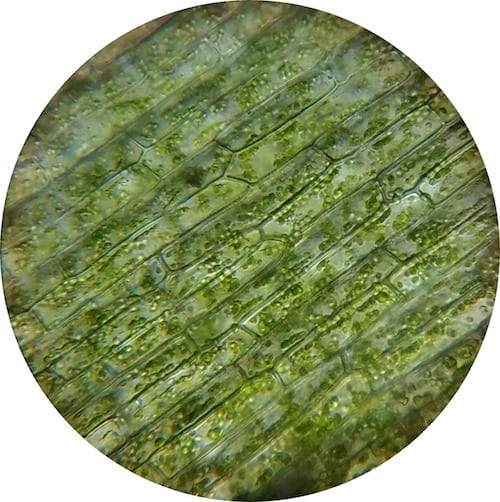
Before finishing, I would like to add something that I think is very important: all plants breatheAnd they do it, like you and me, 24 hours a day, only they don't have lungs. Through stomata, small openings in the stems called lenticels, and root hairs, they absorb oxygen and expel carbon dioxide.
However, respiration produces perspiration or loss of water, so that if growing conditions are not suitable, either because the temperatures are very high or because it has not rained for a long time, the stomata can remain closed for a period of time. Limited time. In case the situation lasts longer or worsens, some plants, such as the arboreal aloes that grow on the African continent, sacrifice part of their branches and seal the wounds.
Did you find it interesting? 🙂